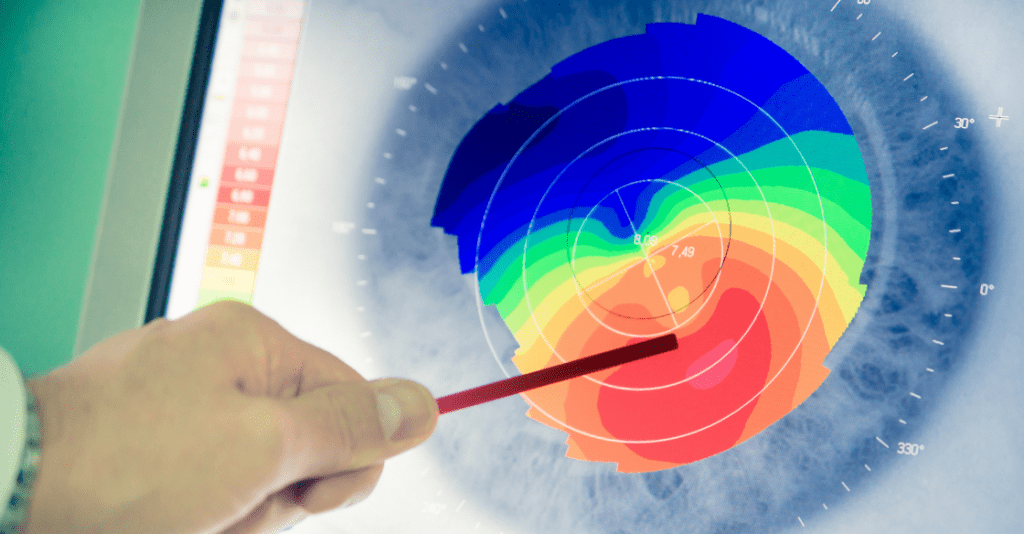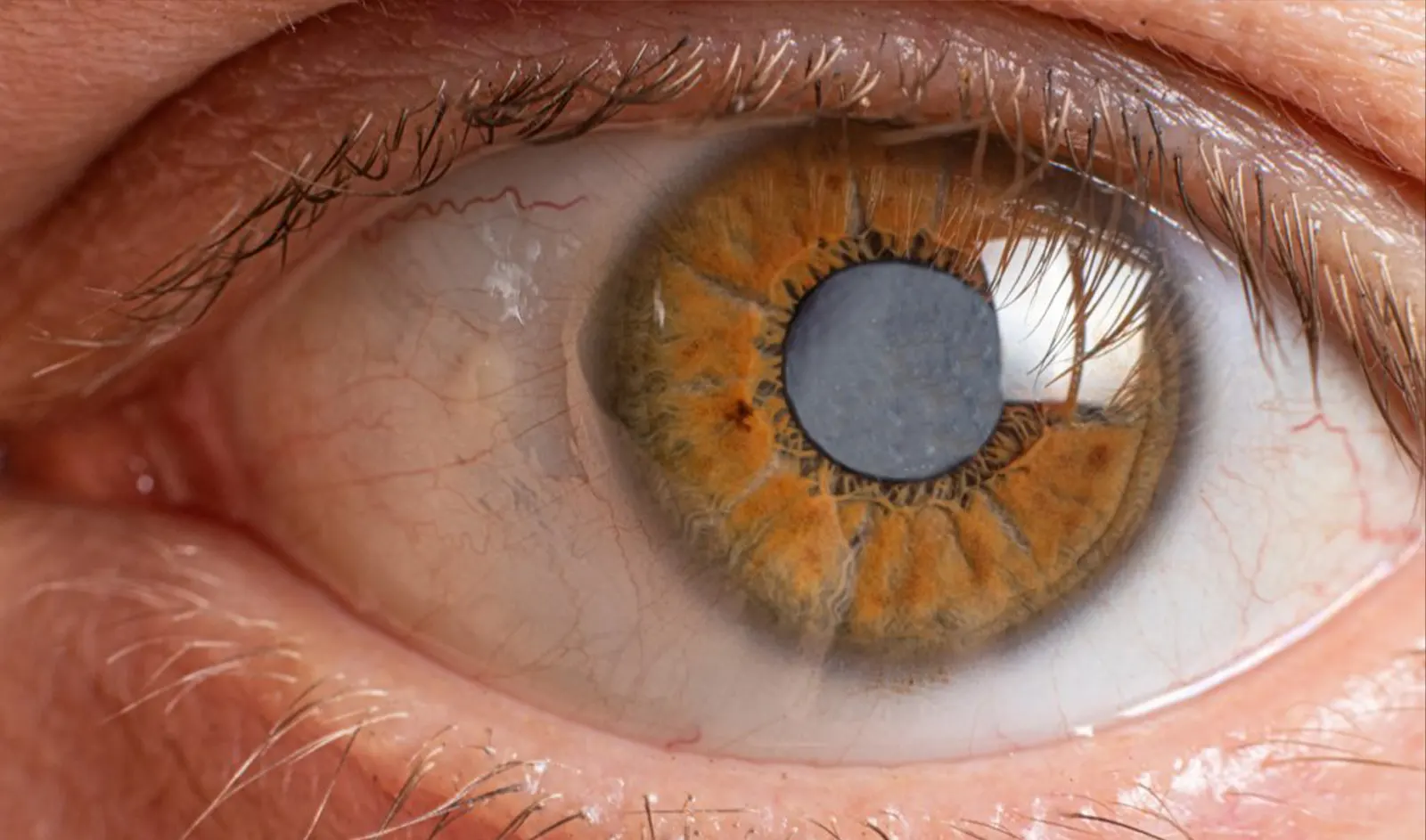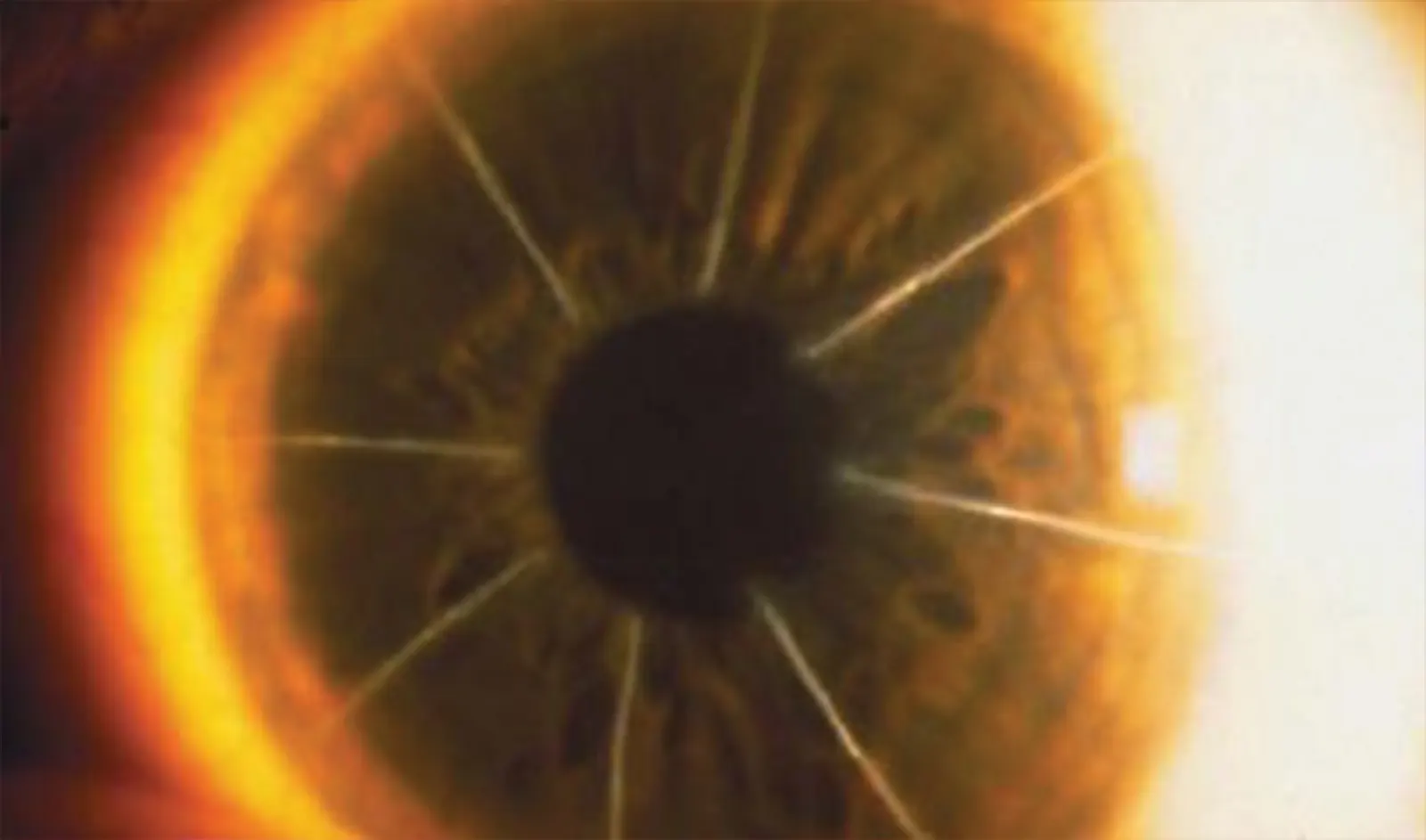Laser vision correction has come a long way in recent years and we are proud to offer some of the most cutting-edge technologies and procedures. Learn more about the technological advances Dr. Motwani and his team utilize.

Traditional laser-assisted in situ keratomileusis (LASIK) corrects nearsightedness, farsightedness and astigmatism. The goal of the laser treatment to the cornea is to essentially replicate a patient’s glasses correction.
While this technique works reasonably well, it is not the most precise or customized method of laser vision correction. This is because most patients have some level of irregularity to their corneas because they were biologically created. Some patients have just slight imperfections we call higher-order aberrations. Other patients have much more substantial irregularity to their corneas, particularly those who have undergone previous surgery, such as radial keratotomy (RK) or corneal transplant.
For patients desiring correction of these imperfections or irregularity, topography-guided ablation provides customized treatment to smooth out the surface of the cornea. Dr. Motwani uses the Wavelight Contoura topography-guided ablation, which is approved by the Food & Drug Administration (FDA) for the treatment of corneal irregularity. Dr. Motwani created the first procedure to make a cornea more uniform and symmetric, therefore better than human normal. He named this the LYRA Protocol, and has received a patent from the US Patent Office for it.
First, the Wavelight Topolyzer Vario analyzer maps out 22,000 points on the cornea.
Then, the laser is applied using the Topolyzer information, smoothing out the surface of the cornea. Compared to traditional laser vision correction, this approach provides a much superior visual outcome. Patients often see better than they did with their glasses or soft contact lenses.

While Wavelight Contoura topography-guided ablation can smooth out an irregular cornea, it cannot arrest any underlying disease process. Some patients have progressive conditions in which their cornea becomes more irregular over time.
The most common causes for this are keratoconus and post-LASIK ectasia. In both these conditions, the cornea is thin and tends to bulge forward as a result of tension on the tissue. While the cornea can be smoothed out by topography-guided ablation, it will continue to bulge after treatment unless it is reinforced.
Corneal crosslinking (CXL) is a revolutionary procedure developed in 2003 by Theo Siler, MD. CXL strengthens the cornea through the creation of bonds in the tissue.
The procedure begins with a sloughing of the outer corneal epithelial cells. Then, riboflavin eye drops are instilled. Finally, the cornea is treated with ultraviolet light. This whole process is called the Dresden protocol. By reinforcing the corneal tissue, CXL can cease the progression of keratoconus or ectasia, thereby stabilizing vision.
A brilliant physician named Dr. A. John Kanellopoulos developed a protocol to combine CXL and topography-guided ablation. He called it the Athens protocol. Dr. Motwani learned the protocol directly from Dr. Kanellopoulos; therefore, he thoroughly understands the methodology and follows the technique exactly as it’s been designed. Dr. Motwani has also made some changes to the protocol from his own research to improve outcomes and decrease the corneal irregularity
In the Athens protocol, the cornea is first smoothed out using topography-guided ablation. It is then frozen in place using CXL. The initial healing time for the outer layer of the cornea is about 3-7 days; however, improvements in vision and healing can continue for 6-12 months. Both CXL and topography-guided ablation require a certain corneal thickness to be safe, so this measurement is always checked prior to proceeding.

Laser vision correction can correct a variety of refractive errors including hyperopia (farsightedness), myopia (nearsightedness) and astigmatism. While this helps to clear up distance vision, older individuals may still have difficulties seeing up close.
This is due to a condition called presbyopia, where the natural lens loses its flexibility, affecting the ability to focus on near objects. Presbyopia generally starts to affect near vision in a patient’s forties and progresses over time.
Have you ever looked at an object through a pinhole and realized that you can focus on it, regardless of whether you’re wearing your glasses? This is called the pinhole effect. The KAMRA inlay is a presbyopia-correcting device that takes advantage of this phenomenon. The inlay is placed in a small pocket of the cornea created with a laser. The inlay contains a tiny aperture that’s placed precisely in front of the pupil.
This aperture serves as a pinhole to focus light rays. The positioning of the device is guided by a machine called the AcuTarget HD scan. It directs the location of the inlay to the center of the visual axis, ensuring the best possible visual outcome.
The KAMRA inlay is very small and sits over the dark pupil, making it indiscrete. It is only placed on one eye, enabling reading vision. The other eye is left untouched for those not requiring any distance correction. For those needing improvement of their distance vision, LASIK can be used in combination with the KAMRA inlay. Dr. Motwani is one of the few surgeons that does these procedures in tandem. In fact, they are both done on the same day. The combination of LASIK and the KAMRA inlay enables full correction of myopia, hyperopia and astigmatism, as well as presbyopia. The result? Vision correction for all ranges, far and near.
Dr. Motwani uses a variety of technological advances to further his ability to help patients see better and ultimately live better. Call to see how he can help you today.

Cataract Surgery is the most performed surgical procedure in the United States, and has a phenomenal track record for improving…
Read More
The treatment of trauma with topographic-guided ablation depends on the level of scarring caused by the trauma, the position of…
Read More
In the dynamic world of eye care, keratoconus treatment has become a focal point due to the condition’s impact on…
Read More